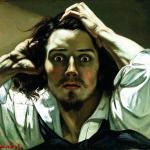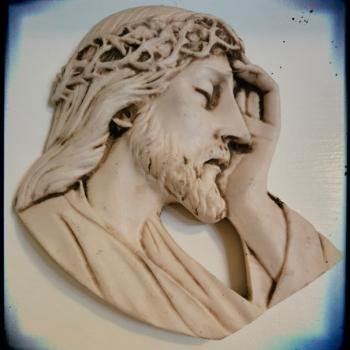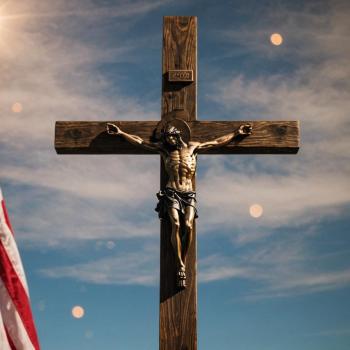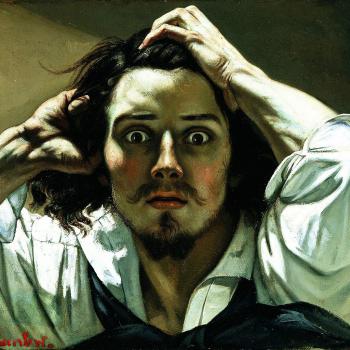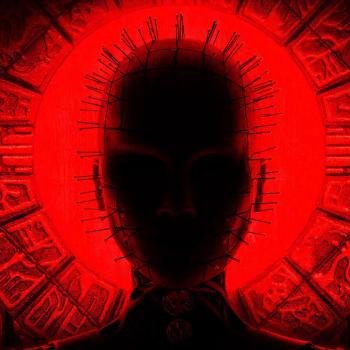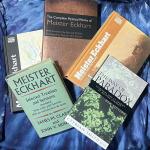The Vatican has a creepy reputation and, speaking as a devout Catholic, I have to admit that sometimes it can be well-deserved. There aren’t very many 2,000-year-old institutions running around, much less ones that spent three-quarters of that time messing around with some of the world’s largest empires.
So when you hear people talk about the Vatican Secret Archive, that sounds pretty unsettling. That’s where you find out where the bodies are buried, right?
(Well, the bodies are technically buried in the Vatican Necropolis, but you know what I mean.)
The real history is less exciting. In Latin it’s known as the Archivum Secretum Apostolicum Vaticanum, and the meaning of secretum is closer to the English word “personal” than the English word “secret.” Archivum just means archive and apostolicum means it’s associated with an apostle (in this case, the Pope), so a more literal dynamic translation might be “The Pope’s Personal Document Stash.” This distinguishes it from the Vatican’s more general museums, libraries, and document repositories.
Pope Paul V’s decision to call it the Vatican Secret Archive in 1612 was a branding decision. Pope Francis tried to make a better branding decision in October 2019 by renaming it the Vatican Apostolic Archive, which emphasizes another part of the Latin name.
This might be a gradual rebranding effort. Google tells me the phrase “Vatican Apostolic Archive” returns 2,850 results. “Vatican Secret Archive” returns over 15,000. The fact that the Archive was secret in both senses of the word <a href=“https://www.historians.org/research-and-publications/perspectives-on-history/may-1999/palazzo-del-santuffizio-the-opening-of-the-roman-inquisitions-central-archive”>until the late 1990s</a> didn’t help.
Neither does the fact that there are numerous documents held at the Vatican that really are still secret, but are not part of the Archive. These include most Vatican documents less than 75 years old.
But as more scholars access the Apostolic Archive’s documents, we’re running across some interesting pieces of history we might not have expected to see. These include…
1. The Excommunication of Martin Luther
The Vatican Apostolic Archive contains an original copy of Pope Leo X’s papal bull Decet Romanum Pontificem (1521), which followed through on a prior threat to excommunicate Martin Luther.In a poetic touch, Leo made the document accessible by nailing it to a cathedral door—a means of publication Luther might have appreciated.
2. Henry VIII’s Ultimatum
English king Henry VIII and 81 of his closest friends promised “extreme remedies” if Pope Clement VII didn’t grant him an annulment. The rattling seals of the nobles, visible in the Vatican Secret Archive’s original copy, made the letter resemble a windchime.
Pope Clement said no, and the result was Henry’s excommunication and, eventually, the founding of the Church of England by his daughter Queen Elizabeth.
3. The Last Stand of Mary, Queen of Scots
Mary was Catholic; Scotland was not. This would have created tension between her and Queen Elizabeth even before the awkward assassination conspiracy business.
On death row at Fothingerhay Castle in November 1586, Mary wrote to Pope Sixtus V pleading for her life. As far as we know, she received no reply. She was executed the next February.
4. The Trial of the Templars
Over a three-day weekend in mid-August 1308, Templar grandmaster Jacques de Molay and his closest knights were interrogated and absolved by the Pope at Chinon Castle in western France.
Grandmaster de Moray ran afoul of the French monarchy again in 1314; he was burned at the stake in front of Notre Dame Cathedral, and the pope who absolved him died a month later.
The details of this mysterious event are still fuzzy, but we learned the broad outline after Italian textual historian Barbara Frale discovered the Chinon Parchment, a firsthand record of the 1308 trial, in the Vatican Secret Archive. The Parchment seems to suggest that homophobia was a key factor in the suppression of the Templars.
5. Dialogue with the Dalai Lama
Although St. Pope John Paul II met with the Fourteenth Dalai Lama (Tenzin Gyatso) in 1980, this wasn’t the first time a Pope and his Tibetan Buddhist counterpart had exchanged words. Nineteen Popes and seven Dalai Lamas ago, in 1738, Pope Clement XII asked the Seventh Dalai Lama (Kelzang Gyatso) to help him secure safe passage for some Franciscan friars. A copy of the letter was found in the Vatican Secret Archive.
6. The Trial of Galileo
One of the hierarchy’s least popular decisions was the lifelong house arrest of Galileo (following threats of torture and execution) for saying that Earth is not the center of the cosmos. There’s no way to sugarcoat it: this was a pretty dark and embarrassing moment for our Church. St. Pope John Paul II formally apologized for the scandalous error in 1992.
The Vatican Secret Archive’s documents on his trial largely just confirm what we already know, which is arguably surprising in and of itself; there was nothing that made Galileo’s persecutors look any better, but at least the Vatican didn’t have documents in the papal stash that made things look even worse.
7. More Questions Than Answers About Pope Pius XII
The relative lack of a surprise is also a surprise in the cased of Pope Pius XII, whose record in World War II has been the subject of considerable criticism. His supporters hoped that the Vatican Secret Archive’s documents, 170 volumes of which were released earlier this year by Pope Francis, would help to rehabilitate his reputation; critics hoped that they would solidify the case against him.
So far the Vatican Secret Archive’s records have done neither. It is clear that Pius XII met several times in secret with Nazi envoy Philipp von Hessen in 1939; it is also clear that he did not trust von Hessen at all, and even lied to him several times. The Vatican Secret Archive’s transcript of their 1939 conversation (which was conducted in German without translators, and secretly recorded by a papal aide) speaks to a situation that the new Pope knew was rapidly getting worse.
Pope Pius XII’s words to von Hessen several months later, to the effect that the Church would not interfere with anti-Jewish persecution, should probably be read in light of this atmosphere of suspicion and deception—but they are still terrible words, and speak to a terrible reality. The new documents do not entirely resolve the question surrounding Pope Pius XII; they complicate it, as the historical record tends to do.


